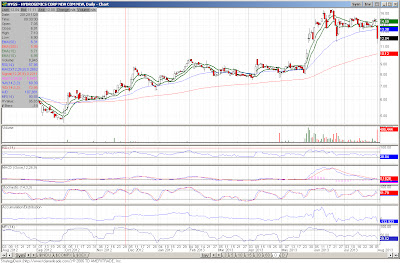A review of the race for the Fed's chairmanship by Ken Rogoff. Agree or disagree, this is interesting overview.
CAMBRIDGE – The battle is on
to replace current US Federal Reserve Chairman Ben Bernanke. One might
expect the Fed chairmanship – arguably the second most powerful official
position in the United States, and certainly the world’s most powerful
financial position – to be determined by a conclave of central bankers.
In fact, the choice is largely at the discretion of the US president. So
let us consider two of the leading candidates, Lawrence Summers, a
former US treasury secretary, and current Fed Vice Chair Janet Yellen.
Both
Summers and Yellen are brilliant scholars with extensive experience in
public service. Whereas the mainstream press seems intent on exploring
their candidacies as a contest of contrasting personalities, the fact is
that both candidates are extremely well qualified. Moreover, both have a
reputation for believing that the Fed should not place excessive weight
on price stability relative to unemployment. Normally, this dovish bias
would be a handicap; nowadays, it is an advantage.
The
importance of technical competence in monetary policy has been proved
repeatedly by central banks around the world. According to research published in 2003
by the economists Christina Romer and David Romer, the quality of
monetary policy depends critically on whether central bankers have a
clear and nuanced understanding of policy making and inflation. The
1920’s, 1930’s, and 1970’s are replete with examples of central bankers
who did not understand the basics, and whose economies paid the price.
What
this means is not just competence in setting interest rates, but also
competence in regulatory policy. Some are criticizing Summers’s ardent
pursuit of financial deregulation during the 1990’s, when he headed the
US Treasury under President Bill Clinton. But these critics overlook his
role in helping to fight that decade’s sovereign-debt crises, and his
insistence that the US begin issuing inflation-indexed bonds.
In
a complex and ever-changing policy setting, it is almost impossible to
get every call right, and the important thing is to learn from one’s
mistakes. Winston Churchill famously regretted overseeing the United
Kingdom’s catastrophic return to the gold standard in 1925, when he was
Chancellor of the Exchequer. His performance, needless to say, improved
in later years.

















